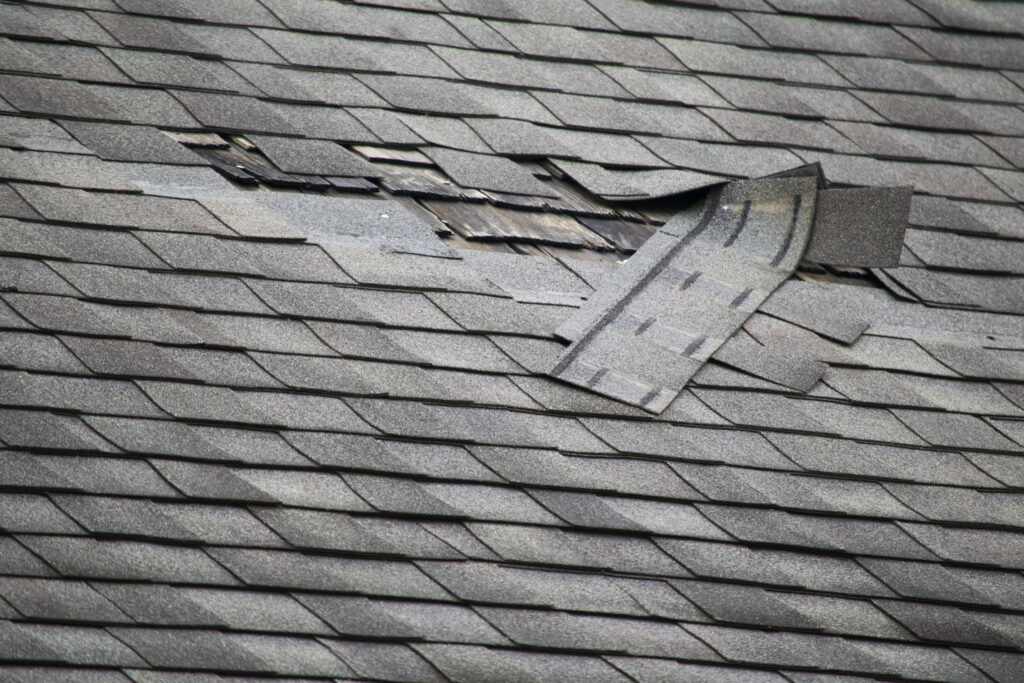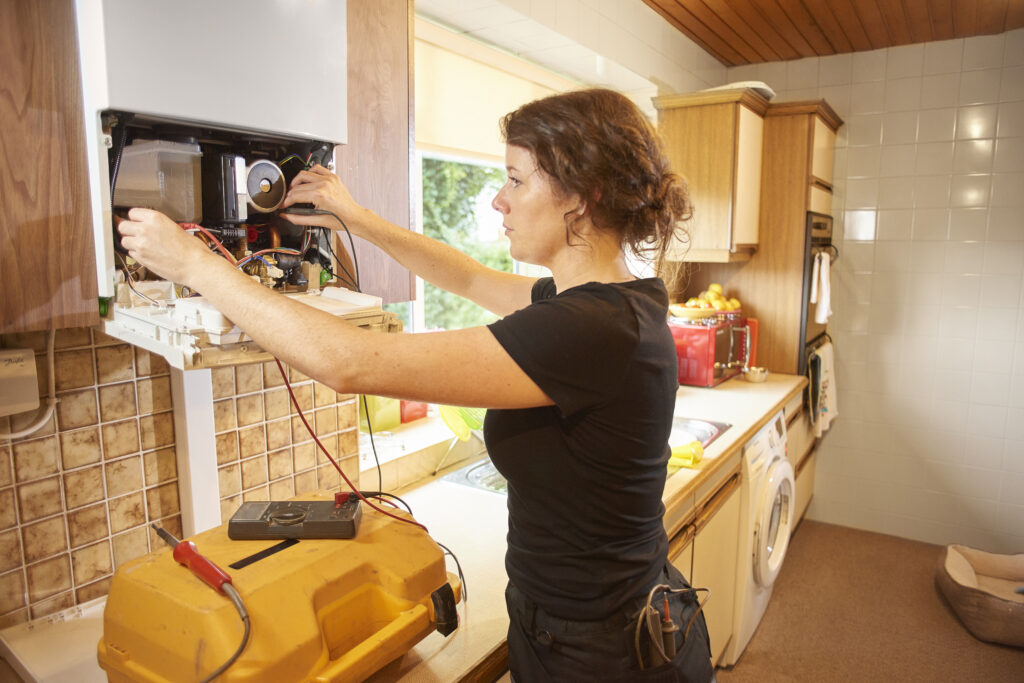
From a broken boiler in the depths of winter to a rat infestation at, well, any time of year, unexpected emergencies rarely arrive at a convenient time. And when disaster strikes, you want to know you can fix the problem quickly and without the additional pain of a hefty bill.
That’s exactly what home emergency cover is for; ensuring an approved engineer can attend to the issue quickly in order to prevent further damage to you or your property.
But what exactly is and isn’t included in home emergency cover? What counts as an emergency? Is home emergency cover necessary? And how will it help you save money?
In this article, we’ll tell you everything you need to know about home emergency cover, including:
- What is home emergency cover?
- What is included in home emergency cover?
- What isn’t included in home emergency cover?
- How does home emergency cover differ from home insurance?
- What counts as an emergency?
- Is home emergency cover worth it?
- How much does home emergency cover cost?
- How can I save more money on my home emergency cover?
- Where can I get home emergency cover?
What is home emergency cover?
Emergency home cover is a type of insurance that covers the cost of an approved engineer’s callout charges, labour, parts, and materials in the event that you experience a sudden disaster in your home that needs urgent attention.
Home emergency cover caters to all sorts of scenarios, including burst pipes, faulty electrical wiring, boiler breakdowns, pest infestations and more. It ensures that any unforeseen calamity is dealt with before it causes further damage to your home, makes it unsafe, or poses a health risk to you or anyone else who lives at the property.
See also: What are the benefits of home emergency cover?
What is included in home emergency cover?
The events that are included in your home emergency cover might seem very different, but what unites them is that, if left unaddressed, they could make your house uninhabitable, damage your health, or compromise your home’s security.
The specifics vary from policy to policy, but here’s what you can probably expect to be included:
- External water supply pipe – any leakage or blockage of your home’s main water supply, up to the point where the pipe connects to the public or shared water supply
- Plumbing – any failure of, or damage to, your internal plumbing that results in water leakage, flooding or water damage
- Internal and external drainage – any failure of, or damage to, your home’s internal or external drainage, such as blocked toilets or sinks, leaking tanks, or collapsed outdoor drains
- Electrical emergency – the sudden and unexpected breakdown or failure of your home’s electrical wiring and any of its components that are responsible for supplying electricity to you home
- Domestic central heating and boiler breakdown cover – sudden and unexpected failure of your central heating system that makes it unusable.
- Security – cover to improve your home’s security following a break-in, such as repairing locks and boarding up broken windows
- Roofing – cover to minimise further damage to your roof if it’s damaged by bad weather
- Lost keys – cover to replace locks and keys so that you can get back into your home in the event that your house keys are lost or stolen
- Pest infestation – extermination of any vermin infestation, including rats, mice, wasps, or hornets
- Emergency accommodation – some emergency home cover can also contribute toward the cost of alternative accommodation if your home is rendered temporarily uninhabitable by the emergency

What isn’t included in home emergency cover?
Home emergency cover can’t accommodate any disaster that strikes. There are limitations built in to protect your insurance provider from paying out for unreasonable claims or for situations that don’t quite reach the threshold of an emergency.
For example, your home emergency cover may exclude:
- Any pipework that falls outside the boundary of your home
- Leaks from sinks, baths or showers that can only occur when those fixtures are in use
- Frozen pipes that aren’t causing any damage
- Guttering or rainwater drains
- Any domestic appliances or items with a plug
- Electrical repairs to swimming pools and TV equipment may not be included, as well as burglar and smoke alarms, doorbells, garage doors, shower units, portable and fixed heating systems, solar panels and wind turbines, and other electrical appliances
- Any external gas fixtures that the National Grid is responsible for maintaining or repairing
- Pest infestations in garages or the garden – basically anywhere outside your main house
- Certain pests such as ants, spiders, or bed bugs may not be included
- Lost keys if you have another working set
There are also some other factors that might void your claim, including:
- If an incident occurs within the initial exclusion period after the start date of your policy
- Failure to maintain or service a system according to the manufacturer’s recommendations that subsequently breaks down
- A claim made during or immediately after your home has been left unoccupied for a certain period of time specified by your policy (usually between 30 and 60 days)
- Any work carried out by you or anyone else that was not authorised to be conducted by the claims administrator in advance
- Any repairs or replacements due to natural wear and tear
Finally, you can also expect your policy to have some limitations, including:
- No cover for routine maintenance
- A coverage limit for any one claim
- The number of claims you can make within a given period
However, inclusions and exclusions vary between policies, so make sure to read the fine print closely before taking out any particular cover.
How does it differ from home insurance?
‘Aren’t these events covered by my standard home insurance policy?’ you might wonder. Well, not necessarily.
Generally speaking, home insurance covers the cost of extensive repairs, replacing lost possessions, and any renovations resulting from a disaster, while emergency home cover provides for the initial costs of making your house safe or secure immediately after the disaster.
In other words, your home emergency cover would quickly get your leaking pipes fixed, but you’d have to rely on your home insurance to repair the damage to any fixtures or fittings caused by the leak.
All this raises the question: what exactly counts as an emergency?
See also: How much does a boiler service cost
What counts as an emergency?
One person’s disaster could be another person’s inconvenience, so it’s important to understand when your insurance provider will or won’t pay out.
Broadly speaking, home emergency cover classes an emergency as any event that:
- Makes your home uninhabitable
- Has or could cause permanent damage to your home
- Has rendered essentials like heating, drainage or water supply unusable
- Poses a health risk to you or any other inhabitant
- Has compromised the security of your home
Is home emergency cover worth it?
If you’ve ever fallen victim to any of the above situations and you haven’t been insured, you’ll know how expensive they can be to sort out. For example, the average hourly plumber call-out rate is between £40 and £60 per hour, with emergency call-out rates costing around £100 (Checkatrade, 2023). And that doesn’t even include repair parts.
As you can get covered for just over £30 (Save More Money, 2023), you’re spending less than the hourly rate for a plumber for 365 days of peace of mind – an enormous saving that, in our opinion, makes home emergency cover more than worth it.

How much does home emergency cover cost?
Home emergency cover costs vary significantly between providers and policies. It’s usually charged as a flat fee and can be included as an add-on to your main home insurance policy. However, you can also take it out as a standalone policy.
The biggest factors affecting price are the claims limit you choose and how extensive your cover is. So, emergency home cover that includes your boiler and central heating system will cost more than a policy that only includes your boiler. Likewise, a higher claims limit will push up the cost.
If your home emergency cover is a standalone policy, making a claim probably won’t affect your no-claims discount. However, you may have to pay an excess for any claim you make against a standalone policy. This could be anything from nothing to £100 (Confused.com, 2023).
How can I save more money on my home emergency cover?
You can keep the cost of your home emergency cover down by following these steps:
- Shop around – make sure to compare several providers to find the best price and most appropriate cover for your needs
- Pay annually – paying upfront for a year of cover usually works out cheaper than paying monthly
- Check you’re not already covered – before taking out emergency home cover, make sure it’s not automatically included with your existing home insurance
- Look after your home – you should service your boiler annually, avoid flushing anything down your toilet or rinsing anything into the sink that might cause blockages, and avoid leaving anything around that might attract pests. That way you won’t have to pay the excess or risk affecting your no-claims bonus
Where can I get home emergency cover?
Home emergency cover is available from a range of providers, with different levels of cover and competitive prices across the sector. With just a quick search online or by visiting a price comparison website, you’ll be able to find many providers offering this type of coverage.
However, there’s no one policy or provider that will suit everyone and every household, so it’s important to know what you want from your home emergency cover before choosing your policy. To make an informed decision, make sure you know your budget, the types of appliances you’d like to cover and which events you’d like to be covered for.
If you want a policy that can cover your needs, look no further than Save More Money.


